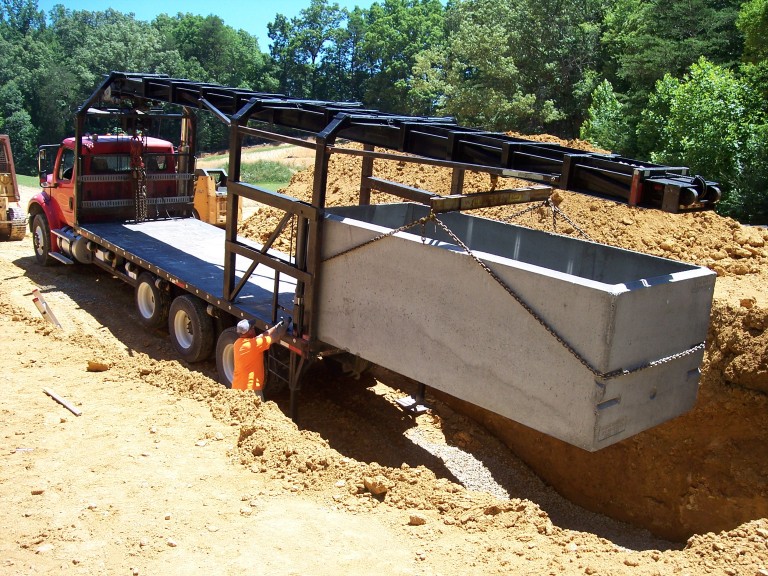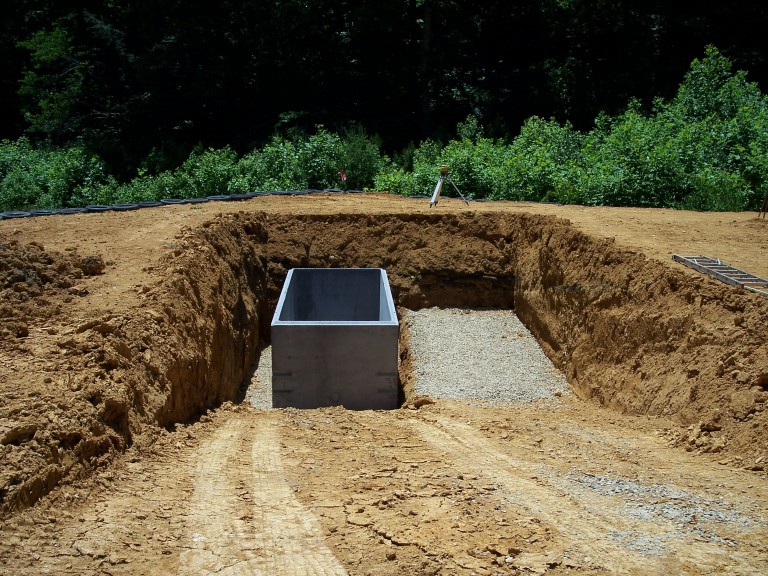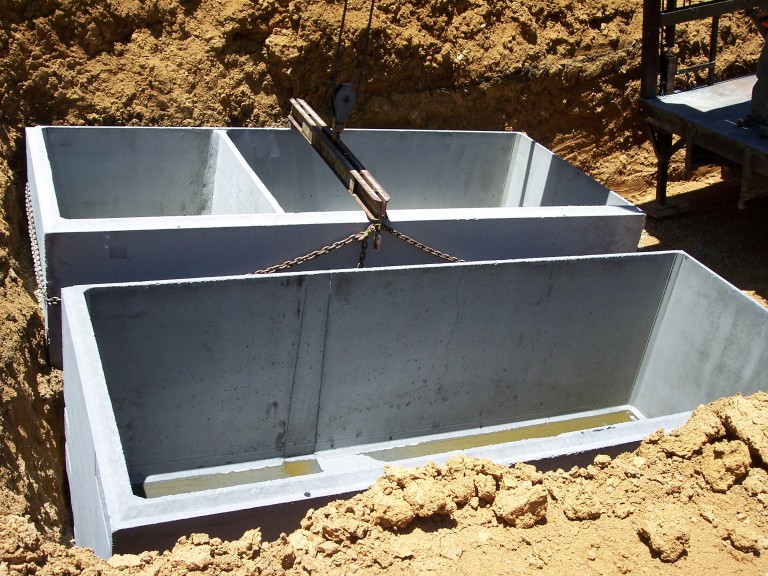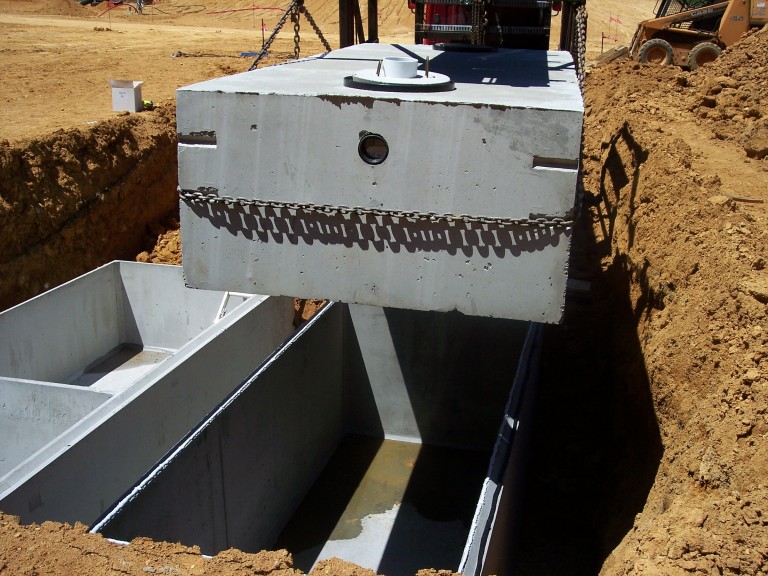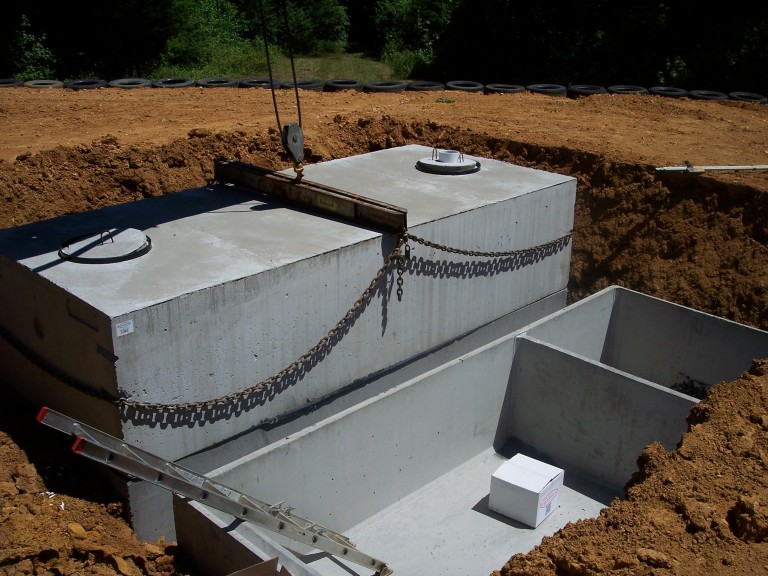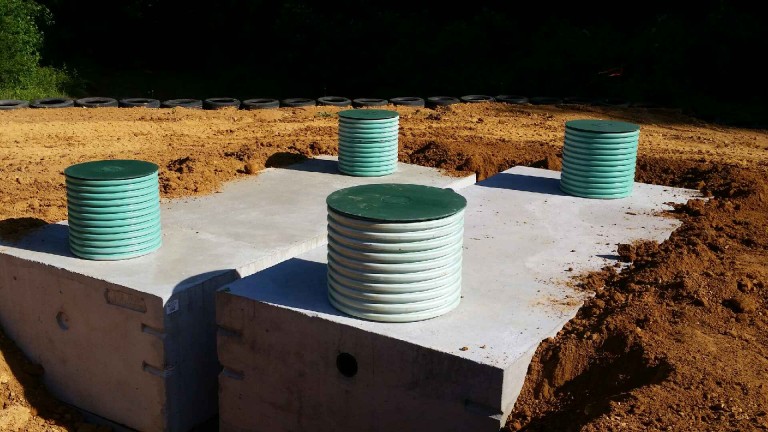The recent flooding event at Lake Oroville Dam in California illustrates the amazing destructive power of water. I’ve done some dam failure modeling and mapping, but this video from PBS News Hour shows the real world results.
Latest News From LandTech
The recent flooding event at Lake Oroville Dam in California illustrates the amazing destructive power of water. I’ve done some dam failure modeling and mapping, but this video from PBS News Hour shows the real world results.
Have you ever gotten tired of the view from your house?
From the article on CNN titled “Will these houses make you dizzy? Architects build rotating homes” looks like an Architect in Australia has solved this problem.
http://www.cnn.com/2017/01/22/architecture/rotating-homes/
“Imagine living in a house that follows the direction of the sun when it’s hot.
Or one that offers a different view out of your bedroom window every day of the week.
For some bold homeowners this is becoming a reality, thanks to an innovative wave of architects who are re-imagining the concept of the house.
Once something firmly routed to the ground, homes are now becoming moving entities that can rotate, change shape, and even adapt to the seasons.“
Below is a video clip from the CNN article.
There are a lot of recent technologies that have impacted the civil engineering, land surveying and construction industries. Technologies such as GPS, machine control and drones just to mention a few.
Another new technology that could revolutionize the construction industry is 3D printing.
According to Wikipedia, 3D printing is defined as:
“3D printing, also known as additive manufacturing (AM), refers to processes used to synthesize a three-dimensional object in which successive layers of material are formed under computer control to create an object.”
The 3D printing industry is starting to develop technology to use concrete as the material for making objects. The article 3D Printers Can Now Print Concrete from the website Curbed explains how one university is printing concrete structures.
This video was included in the article linked above, and describes the 3D printing process for concrete structures:
I’ve seen numerous places where concrete slabs and sidewalks have settled. Normally the repairs require removal of the existing settled concrete sections, placement of additional stone bedding, and pouring new concrete to match the level of existing concrete.
Below is a video from TechInsider showing a product that raises existing concrete without the need for reconstruction.
Per TechInsider:
“Mudjacking or slabjacking is a technique used to raise and level concrete. Foundation Works has developed a new foam technique, Polylevel, that can raise thousands of pounds of concrete despite its light weight.”
Read more: http://www.businessinsider.com/foam-raises-concrete-weighing-thousands-2016-10
If you have a problem with rust, then this video may be of interest to you.
Drone technology has the potential to impact many industries, including surveying, civil engineering and construction.
New FAA rules went into effect on August 29, 2016. According to an article by CNBC:
New rules by the U.S. Federal Aviation Authority (FAA) go into effect Monday, clarifying what is acceptable commercial usage of small unmanned aerial vehicles (UAVs), also known as drones.
Commercial drones must weigh less than 55 pounds, fly up to a maximum of 400 feet in altitude, at a speed of no more than 100 miles per hour, and can only be operated during daytime and up to 30 minutes before sunrise and after sunset, according to the FAA rules. Drone operators must also qualify for flying certificates and be at least 16 years old.
Previously, drone operators had to apply for special waivers from the FAA—a time-consuming and pricey process—to use UAVs for business.
source: http://www.cnbc.com/2016/08/29/faas-new-drone-laws-go-into-effect-monday-allowing-us-companies-to-innovate.html
The FAA requires drone operators to pass a general aeronautical knowledge test. Here is an article with a detailed list of requirements
I think the passage of the new drone rules is a pivotal point in the land surveying industry.
In previous posts, we’ve discussed the low pressure pipe (LPP) subsurface sewage disposal system (SSDS) designed by LandTech Engineering & Surveying for the Sunshine Acres Campground in Newport, TN. This week, we conducted a pressure test to confirm the LPP system operates as designed.
According to the EPA LPP System Fact Sheet :
“A LPP system is a shallow, pressure-dosed soil absorption system with a network of small diameter perforated pipes placed in narrow trenches.”
A LPP system is a good alternative for land development projects without public sanitary sewer systems available.
The Tennessee Department of Environment & Conservation (TDEC) requires level trench bottoms, 18″ to 22″ deep, 12″ wide, and spaced with a minimum of 5′ center to center spacing. The perforated pipe diameters typically range from 1″ to 2″, with a minimum 3′ pressure head (1.3 pounds per square inch) at the end of the pipe.
The system pressure is tested by placing a 3′ vertical height pipe at the end of the perforated pipe. Gate valves are operated in the pipe system to adjust the system pressure until water just starts to flow out of the 3′ vertical pipe segment.
Below are photographs from the system test.
1. Photo – Pump tank riser:
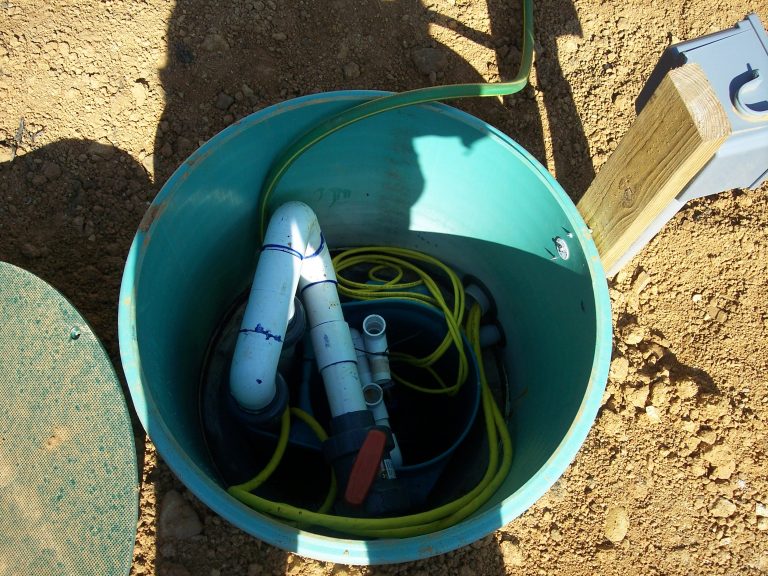
2. Photo – Pump control panel:

3. Photo – Force main pipe from pump tank to disposal field:
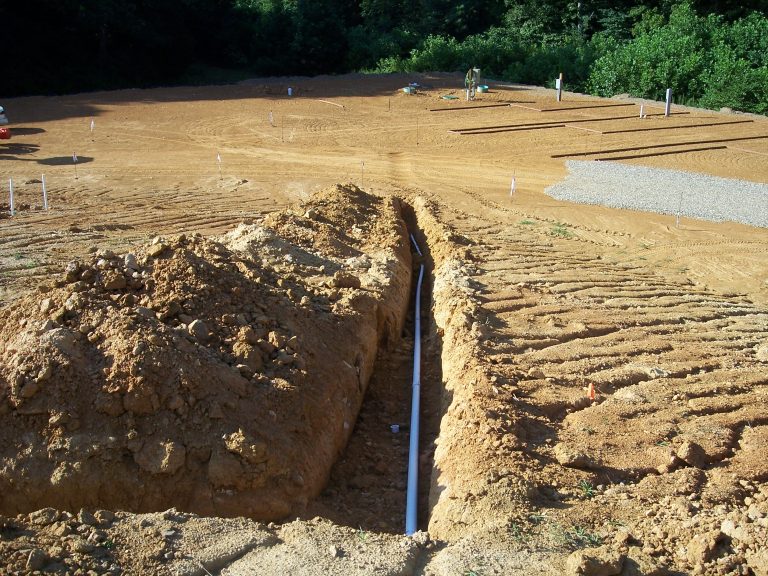
4. Photo – Automatic distribution valve (ADV) that diverts flow from pump tank to manifold pipes at disposal field cells:
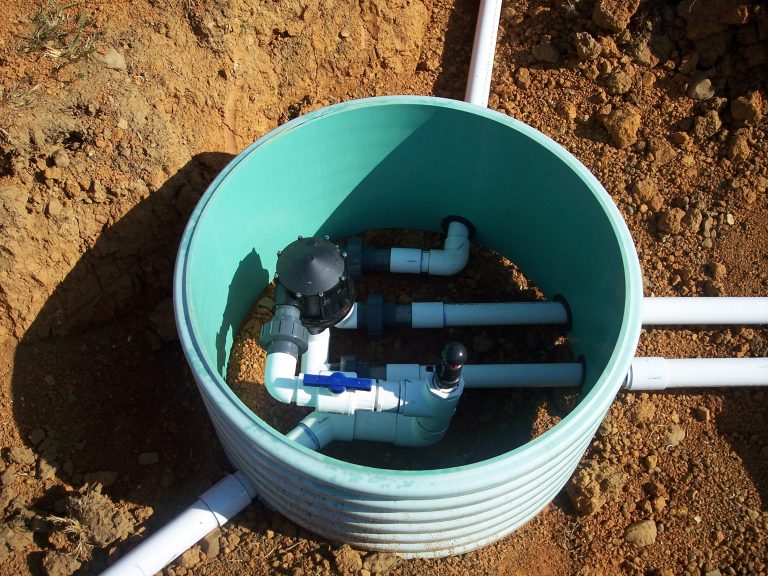
5. Photo – Manifold pipes from ADV to disposal field cell trenches:
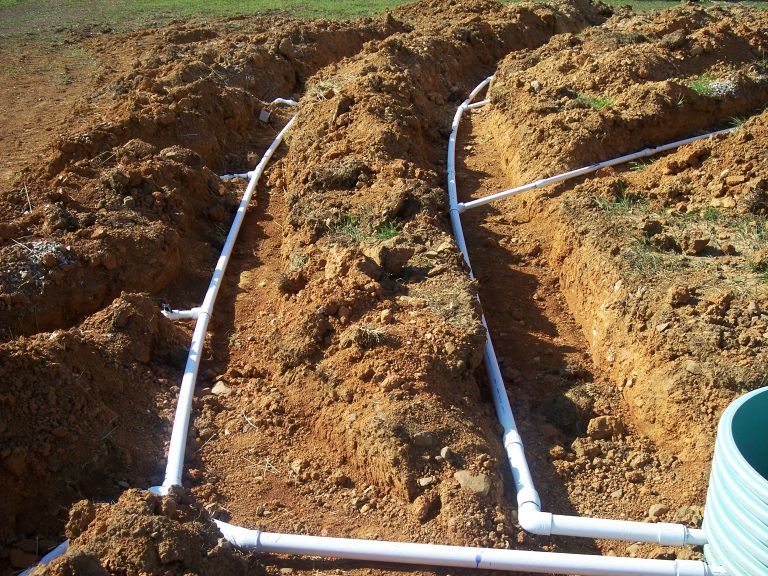
6. Photo – Disposal field trenches with 3′ vertical length pipe segments at each end for pressure testing:
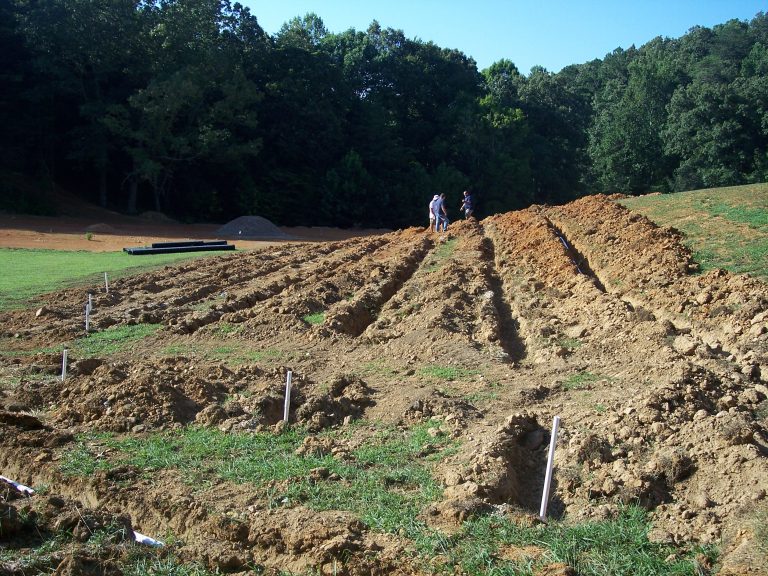
As an engineer, it’s always satisfying to see a system work as designed.
Please contact us if you’d like to discuss LPP systems or your land development project. http://landtechco.com/contact_us
NASA has produced some fun “recruiting posters” intended to appeal to people needed in the future to help colonize Mars. In addition to teachers, builders, farmers, and technicians, surveyors are also singled out as needed for this mission Mars. We certainly agree that civil engineers and surveyors will be needed on Mars one day. I hope I can be present at LandTech’s grand opening of its new Mars office, or at lease attend by video conference from from Earth!
Here is the link to NASA’s site http://mars.nasa.gov/multimedia/resources/mars-posters-explorers-wanted/
Here is the specific NASA poster for recruiting surveyors:

Building and utility infrastructure construction is a challenge in almost any circumstance. But what if you live in a lagoon?
We found this interesting video on YouTube about how Venice works. It’s very interesting, we hope you like it.
LandTech designed a low pressure pipe (LPP) subsurface sewage disposal system (SSDS) for the Sunshine Acres Campground in Newport, TN. The septic system construction permit for this project is issued by the Tennessee Department of Environment & Conservation (TDEC). More information about the permitting process can be found on TDEC’s website here:
https://tn.gov/environment/article/permit-water-septic-system-construction-permit
Construction of the system just began with installation of the septic and pump tank. Below are a few photographs of the tank installation.
Each tank was delivered by C.R. Barger & Sons in two pieces, a base and top section. The septic tank has a 3,000 gallon volume and weighs approximately 31,000 pounds. The pump tank has a 4,000 gallon volume and weighs approximately 34,000 pounds.
If you’re interested in learning more about this project, please contact LandTech, http://landtechco.com/home
